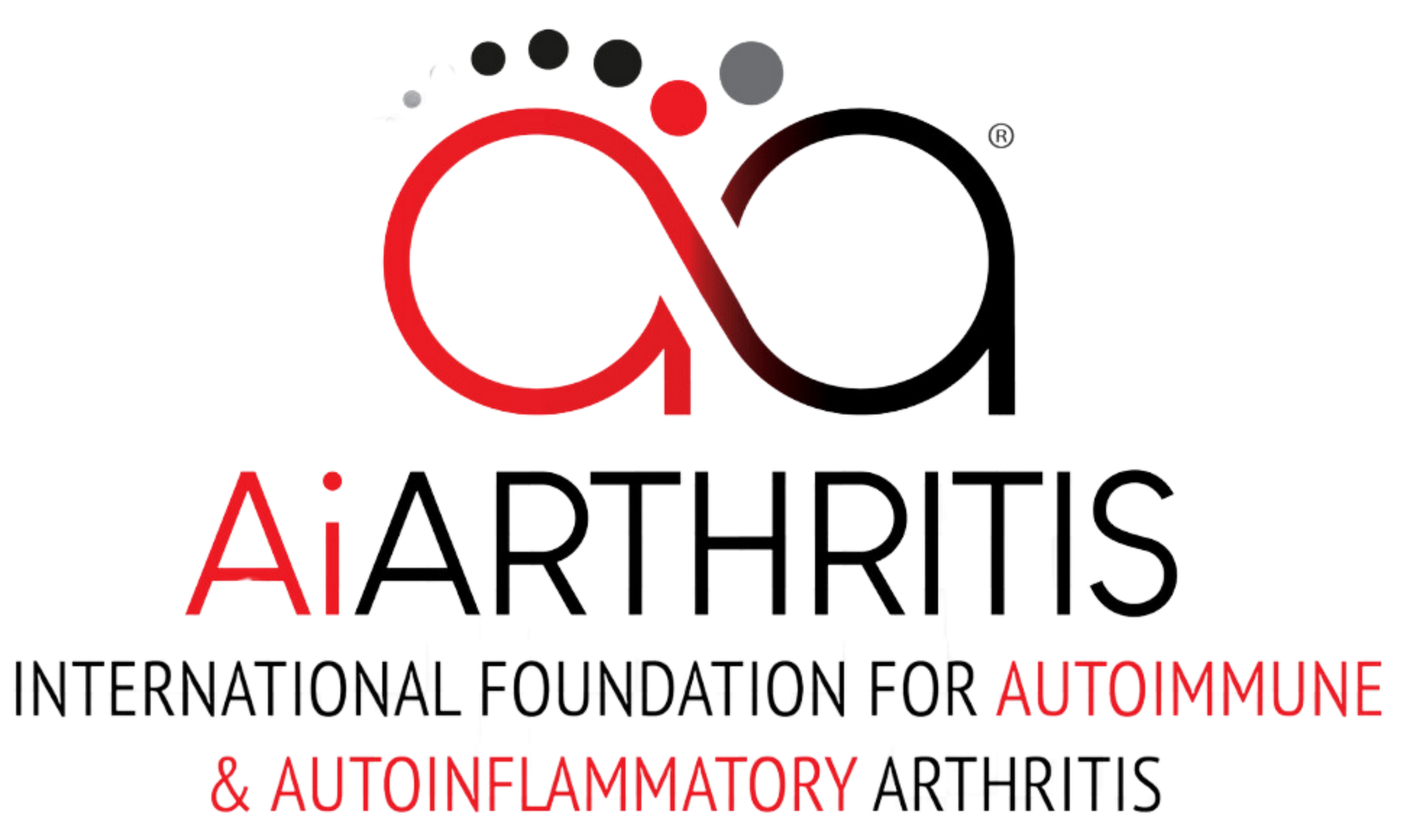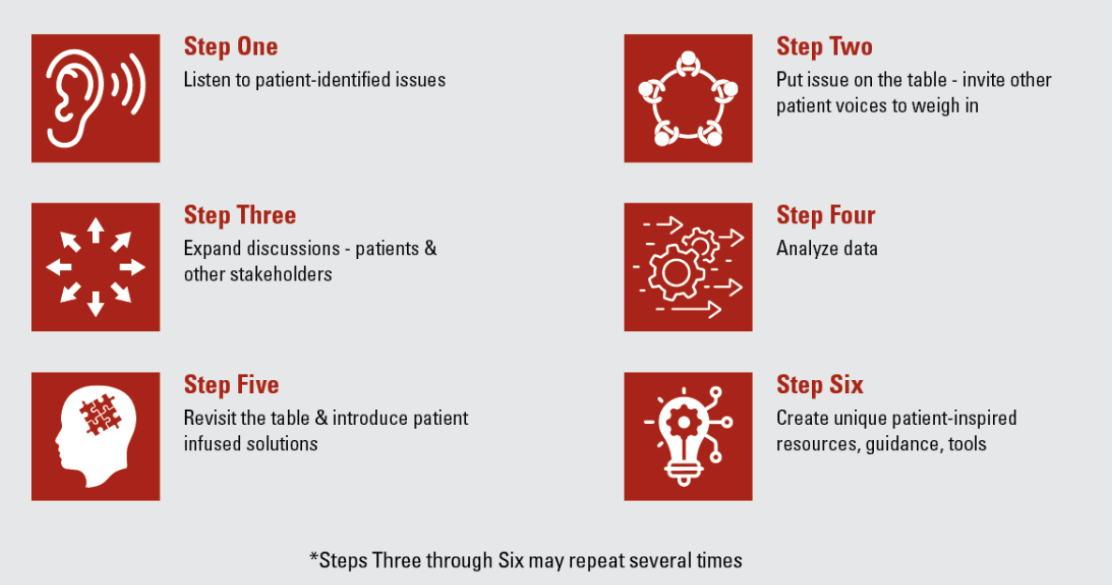Our Mission, Vision, and Goals
Mission Statement. We are leaders in advancing education, advocacy, and research for those impacted by
autoimmune and autoinflammatory arthritis (AiArthritis) diseases through peer-led guidance, collaboration, and resources that are driven by patient-identified issues and patient-infused solutions.
Patient-led approach: "We don't represent the patient voice, we are the patient voice." No one can identify what a patient needs most more than those personally impacted by the diseases. In addition to all our public facing staff being people affected by our diseases, we also constantly interacting with others impacted with these diseases, too. By listening to patient identified issues we identify what resources and programs are most needed and work on creating patient infused solutions.
Global Network philosophy. We collaborate with other organizations, health professionals, and other groups as necessary to make sure the work we do creates the most impact.
Who do we help?
Those Diagnosed
Those diagnosed with one of the 23 autoimmune and autoinflammatory arthritis diseases.
Their Support Network
Family and friends of those impacted by our conditions.
The Undiagnosed
Everyone is undiagnosed before they are diagnosed...and more often than not the journey is challenging.
Vision
We envision the stories of tomorrow to be those of early detection and diagnosis, individualized therapeutic intervention and access to them, improved quality of life, common remission, and a world that understands the depth of our diseases and the challenges associated with them.
Core Priorities & Goals
- Accelerate early detection, referrals, diagnosis, and access to therapeutic intervention
- Improve quality of life, communication, remission rates, and healthcare outcomes
- Expand patient collaboration and influence in education, advocacy, and research in order to improve outcomes and advance innovation
- Eliminate misconceptions about these diseases and the type of inflammatory arthritis associated with them (“Autoimmune Arthritis” Diseases and “Autoinflammatory Arthritis” Diseases, commonly known as AiArthritis Diseases)
How do we help?
Every program and project is designed by patients for patients and has two levels - learn from our resources and 'elevated experiences'. Once we go through the process above, the result will be a patient-designed program that is also led by those affected by our diseases - along with help from others, like doctors, researchers, legislators, or anyone who is needed to make the best project possible. Everything we do includes two levels:
- Learn. Like most nonprofits, we create resources patients and care partners need to help navigate their journey with AiArthritis diseases.
- "Elevated experience" - opportunity to get more involved in the healthcare journey. For those who want to be more active or 'hands on' in their healthcare journey, we offer opportunities to participate in interactive learning experiences and activities - all led by those affected by these diseases! It's a true patient-led experience of mentorship and empowerment.
Patient-Inspired Solutions.
Every problem we work to solve starts with listening to those living with these diseases. We know only those with lived experience can identify what is missing - what they really need that is not currently happening - in order to improve their journey. Once issues are identified, we "put the topic on the table" and invite more people to talk about it. From there we continue working together to build solutions and resources that can help improve the lives of millions worldwide living with
AiArthritis diseases!
Flexible, Flare-Free Environment
When our founders developed the working structure, they took into account that the patients working and volunteering for our organization would require extreme flexibility to accommodate disease activity and flares so they could work when they are at their very best.
This means that we are open 24 hours a day, 7 days a week to serve our people well and has resulted in heightened productivity and ability to reach across time zones with international collaboration and partnerships.
We have always worked through virtual officing so staff living with our conditions can save energy by not commuting and are in a comfortable environment in case they flare.
Fun Fact
Did you know this nonprofit started in 2011 after first being an awareness movement that showcased a bracelet with this bead pattern (now in our logo!)? Each bracelet came with a message that explained the meaning behind the pattern of beads in the design: "The three silver and black beads represent all people in a community working together for impact (red bead) to bring change (last gray bead)."
Leadership Team
From professional training in business, education, and
research to expertise in a variety of patient advocate roles, we are community leaders and teachers.
History
One misunderstood patient started an awareness movement, where she met others just like her. Together they realized the key to change lies within the patient voice.





